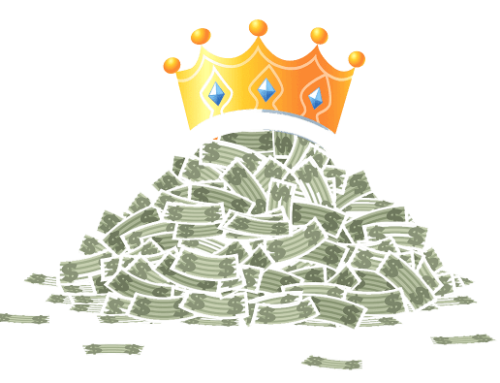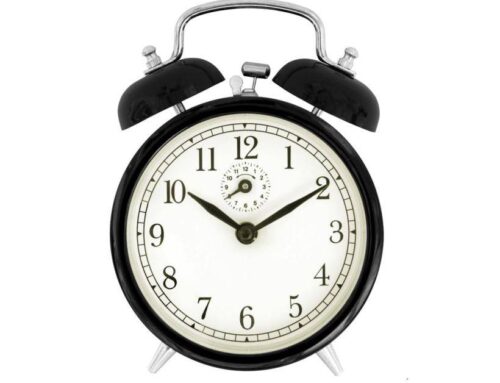It’s become a truism to say that you “should be greedy when others are fearful, and fearful when others are greedy.” Such sentiments have always been encouraged, from Biblical times to the present. Rudyard Kipling’s poem “If” celebrates the person who can keep their head, when all about them are losing theirs “and blaming it on you.”
I hesitate to say that we’ve never seen this before. Usually, that’s just an excuse people make for their own lack of experience. But having lived through five financial crises – with this now my sixth – I think we can safely say that we’ve never seen this before. We’ve never had an entire global economy ordered by government authorities to come to a halt in response to a health crisis. During the depths of the Spanish Flu from 1918 to 1920, industrial production grew by over 20% — followed by a recession, as the economy adjusted from World War 1.
But if you invested during that time – and held on through the inflation and depression of the early ‘20s – you more than doubled your money over the next 10 years. More recently, if someone invested at the worst possible times during the latest crises – on the day before the 9/11 attacks, or on the Friday before Lehman Brothers declared bankruptcy, over the next five years they earned 30% or 50%, respectively. To be sure, they earned those returns, enduring significant downdrafts along the way.
But it really is different this time. Currently, optimistic scenarios depend on the following assumptions:
- The virus will be brought under control in a few months;
- Reliable tests, treatment, and vaccines are developed;
- The combined efforts of the Treasury and the Fed will prevent significant collateral economic damage;
- The support measures don’t cause significant problems of their own.
Quite frankly, no one knows whether these are reasonable assumptions. We’ve put the economy into a coma, and we’re trusting that we can safely bring it out of the coma after a cure for the coronavirus is developed. But we don’t know how long that will take. In the meantime, estimates for the economic contraction in the second quarter in the US range from -10% to -50%, and earnings estimates range from -30% to -120%. The only industry with a reliable revenue stream is health care.
We know that we can “get past” the virus – unless it adapts and mutates in some unforeseen way. We know that science, ingenuity, and resolve can restore the economy. But what damage will be done in the meantime? What will be the effect of trillions of dollars of debt around the world, monetized through central bank purchases? What will be the impact on global supply chains, now that we see how vulnerable they are? What will be the impact of massively lower oil prices, pushed down by a monumental 20% decrease – although temporary – in demand, and a 5% increase in supply due to the conflict between Russia and Saudi Arabia?
Above all, what will be the impact on both supply and demand if millions die around the world, especially in the developing world, where people and governments don’t have the institutional, financial, and health care resources to maintain effective social distancing until medical solutions are found.
No one knows the answers to these questions.
The bull case – and the long-term case – is that companies have the incentive to innovate and expand, and this ultimately benefits both their investors and society at large. The bear case is that we simply don’t know how bad it can get. Until there is a testing/treatment/vaccine program that is validated and widely available, the global economy will be held hostage to COVID-19.
On the technological front, there are signs of hope. But that’s pretty much all we have right now.





